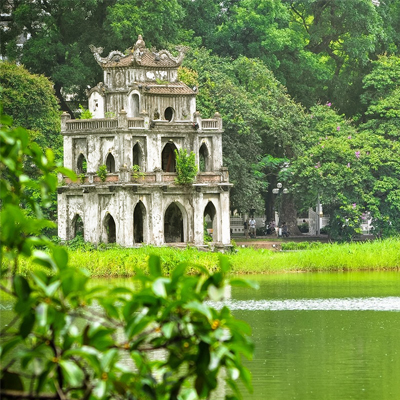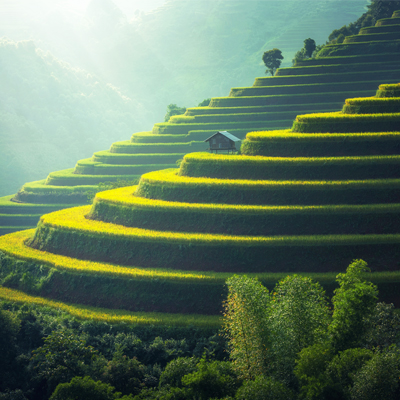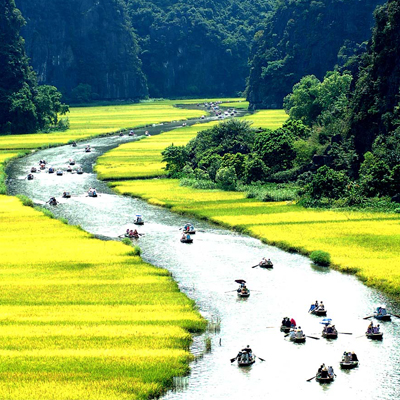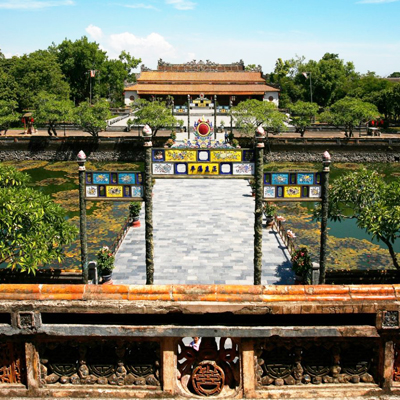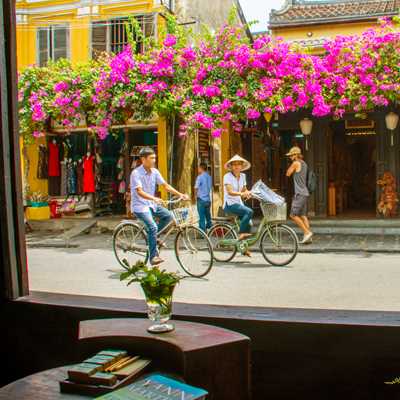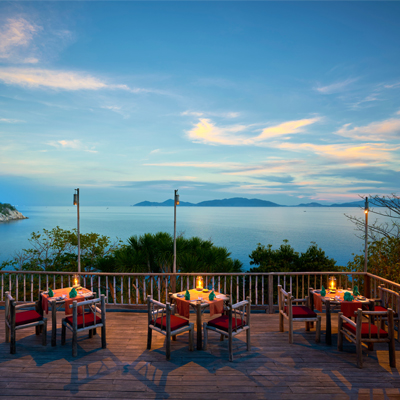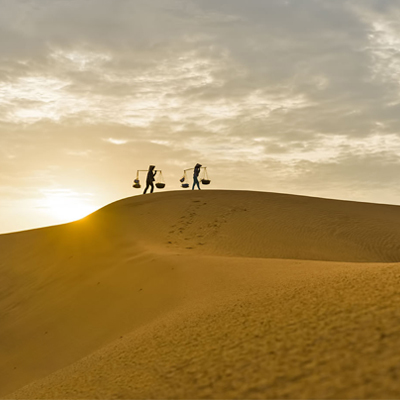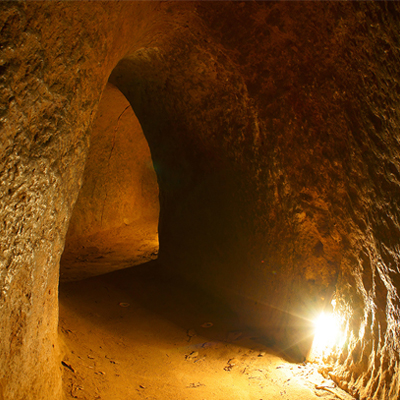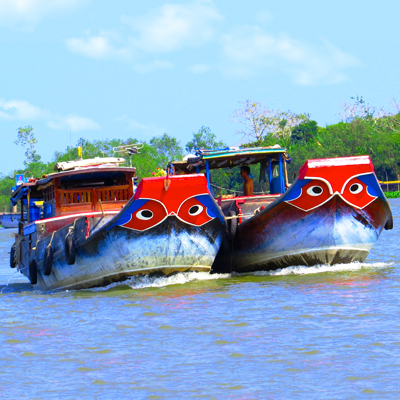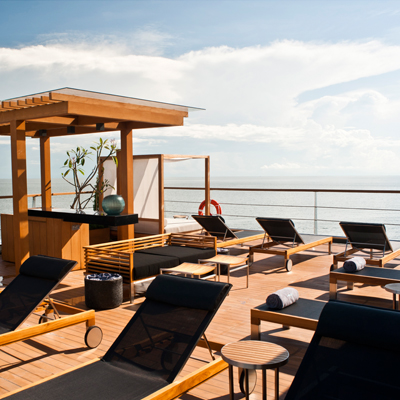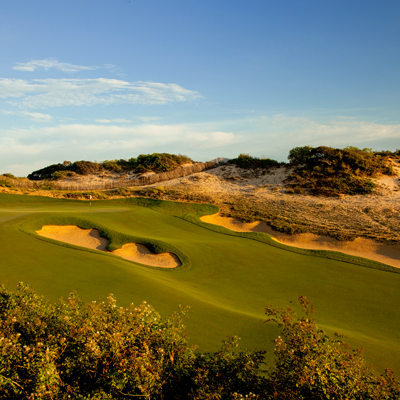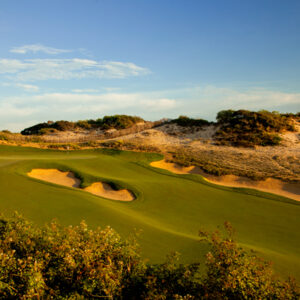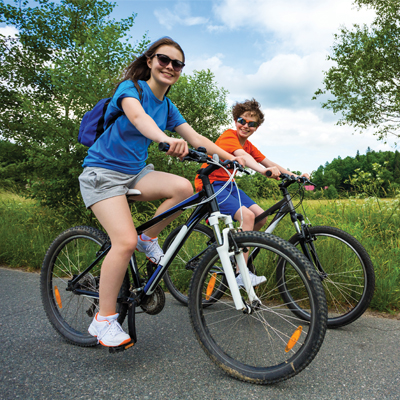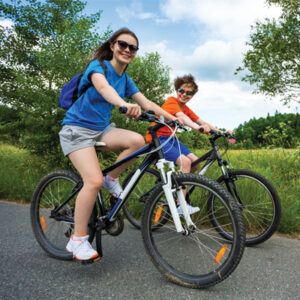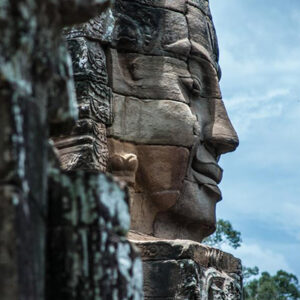VIETNAM - THE HIDDEN CHARM
Discretely framing the rest of Indochina is a coastline stretching across the shores of the East Vietnam Sea, an obvious stopover for a traveller passing through Asia. Accented by its three main areas: North, Central, and South, Vietnam evokes a particular allure for travellers and business folk alike, a relevant contemporary history, a burgeoning economic powerhouse, a culture as diverse as it is rich and an eclectic cuisine that reflects all of the above.
In the previous century, Vietnam was the subject of international attention and fascination. Today, although the circumstances have changed considerably, that attention and fascination has survived and grown into something altogether new. Modern Vietnam is now the subject of economic prosperity and untapped natural beauty. In National Geographic’s January 2011 issue, the world’s largest caves in central Vietnam made their debut in a two-page spread; but the Phong-Nha caves are only the tip of the iceberg.
With a youthful population and a forgiving heart, Vietnam has moved into the 21st century with a vigor and freedom unspoiled by the past. The people look forward with no thought to a war that tore the very fabric of their families apart, instead they see the beauty of their country and what they have to offer the world. This skinny strip of land, with its stunning beaches and rolling mountains, its hidden histories, its diverse ethnic groups and bountiful fresh cuisine are all priceless.
EXPLORE OUR VIETNAM
Vietnam is especially famous for its diversity and natural beauty. You could spend months traveling up and down the coast and still not exhaust everything Vietnam has to offer. From the rolling green karst mountains and hills to the splendid crystal white beaches to the stretching wet flatlands. Throw into this the vast collection of ancient and modern structures built over the centuries.
ESSENTIAL INFORMATION FOR TRAVELLING TO VIETNAM
Internationally, there are plenty of airlines operating flights to Vietnam via three main international airports of Noi Bai – Hanoi, Da Nang – Da Nang and Tan Son Nhat – Ho Chi Minh City. Charter flights to selected airports are available as well.
Domestically, there are three airlines operating in Vietnam: Vietnam Airlines and the two LCC low-cost carriers Jetstar Pacific Airlines and Vietjet Air. Both Boeing and Airbus aircrafts are in their fleet.
There is a departure tax on all international flights that already inclusive in the airfare.
There are plenty of ATMs in the main cities. Many of them will allow you to do cash withdrawals using your credit card and debit card. Please note that under current Vietnamese law you can only receive Vietnam Dong from ATMs. If you want foreign currency you need to take your credit card and passport to a bank and they will issue the foreign currency.
Main credit cards are widely accepted in most of the main hotels, restaurants and shops in the larger cities in Vietnam. Visa is the most widely accepted. Other cards are MasterCard, JCB, American Express, Diners Club, Carte Bleu to name but a few.
Travelers’ Cheques are changeable at banks in the major cities.
Vietnam is a tropical and temperate nation and as such please dress accordingly. Lightweight cotton is the best material. You need to allow your clothes to breathe.
In the Highlands and in the North especially in winter months warm clothes are essential as it does get cold.
When visiting temples, churches or other religious sites please dress appropriately. Trousers and T-shirts, knee length dresses are fine but no shorts, tank tops or hot pants etc.
In beach destinations, dressing is more tolerant however topless bathing and nudity is illegal.
A valid visa to enter Vietnam is required. Nationals of certain countries that have visa exemption arrangements with Vietnam Government may visit Vietnam without visa for a certain period of time.
Foreign currencies of more than USD5,000 and gold or jewelry not for personal use are subject to custom declaration. Duty-free allowance is 200 cigarettes, 1.5 litres of alcohol, and perfume and jewelry for personal use. Pornography, firearms and weapons are prohibited. CDs and DVD’s may be subject to screening and if so will be returned in a few days.
It is illegal to take antiques – any items over 100 years old without permission out of the country.
The electricity is 220V – 50Hz and most plugs are two-pinned round or flat.
Bringing a universal travel adaptor with you is always recommended.
No vaccination is required except for yellow fever in case visitors are from affected areas. Visitors are advised to be inoculated against typhoid, cholera, hepatitis A & B, tetanus and polio but this is not compulsory.
Malaria is not a problem in cities but care must be taken in rural areas. Medical facilities are sufficient and adequate in Vietnam but it is advisable to take out a good medical insurance policy.
Offices are usually open from Monday to Friday from 08:00 until 17:00 and often close for lunch between 11:30 and 13:30. Some offices are also open Saturday morning.
Shops are open subjectively and close any time before 23:00. Banker is however close at 16:00.
Internet was officially launched in Vietnam in 1997. Since that time connectivity has reached the stage where almost all but the most remote sections of the country will have internet access. Almost all hotels, guest houses, restaurants now provide WIFI internet access free of charge. So do abundance of internet coffee shops.
Vietnamese is the national and official language of Vietnam, spoken by the majority of the country’s population.
Other minority languages such as Tay, Muong, Cham, Khmer, etc. is spoken within their community only.
Although French at one time served as the principal language of Vietnam, English nowadays attains most popularity in the country.
Vietnam is GMT+7 and does not operate daylight saving system.
The Vietnamese currency is called the Dong.
Notes are available in denominations of VND 500,000 / 200,000 / 100,000 / 50,000 / 20,000 / 10,000 / 5,000 / 2,000 / 1,000 / 500 and 200.
As ruled, Dong is required for all services and merchandise trading in the territory of Vietnam.
Post offices are usually open from 8.00 am to 8 or 9.00 pm.
Postcards cost about VND100,000 for a booklet of ten from the post office. A postcard to Europe depending on the weight costs from VND14,000 and take about two weeks to be delivered.
New Year Day 01st January
Tet Festival or Lunar New Year is between mid-January to late-February, 5 days officially. In reality closer to a week and not much will be done for two weeks either side of Tet. This is the main Vietnamese annual holiday.
Hung King Anniversary the 10th day of the third lunar month, that would be in April.
Liberation Day 30th April
Labour Day 01st May
Independence Day 02nd September
The major religious traditions in Vietnam are Buddhism that fuses forms of Taoism and Confucianism, Christianity – Catholicism and Protestantism, Islamism, Caodaism, Hoa Hao sect and Mother Worship.
Vietnam is one of the safest countries in South East Asia according to the United Nations.
However, do store your cash, credit cards and other valuables in a safe place or at least do not try to attract thieves and pickpockets who often make visitors annoyed.
Vietnam is good for shopping. Hot items on the tourist market include lacquerware, mother-of-pearl inlay, and ceramics, colourful embroidered items (hangings, tablecloths, pillowcases, pyjamas and robes), greeting cards with silk paintings on the front, woodblock prints, oil paintings, and watercolours, blinds made of hanging bamboo beads, reed mats, carpets, jewelry and leatherwork.
Ho Chi Minh City and Hanoi have the best choice when it comes to shopping but Hoi An in central Vietnam is also a very good place to look for souvenirs.
Bargaining is commonplace but should be engaged in with a smile and considered a form of social discourse rather than a matter of life and death.
Vietnam dialing code is +84
It is very easy to telephone inside Vietnam. All hotels will let you make local phone calls, many don’t even charge you. International phone calls are possible from many post offices and international direct dialing (IDD) has become commonplace.
The main mobile phone companies are Mobifone, Vinaphone and Viettel. Local sim card can be bought and activated easily in main cities.
For roaming purposes please ensure that your phone can operate in a GSM area.
There is a 5% service charge and 10% government tax added to all hotels in Vietnam. Many of the more up market restaurants will add a 10 % service charge to your bill.
It is not compulsory but welcomed especially by the driver, tour guide and service staff.
A small donation when visiting temple, pagoda or church is a polite gesture.
Vietnam drives on the right side of the road.
Do pay attention when walking along the pavements as it is common for bikers to use the pavements as extension of the roads.
Unless you are accompanied by a local Vietnamese we would suggest only using licensed taxis. Mai Linh and Vinasun taxis have branches throughout the country and are generally safe and reliable.
Usage of Grab cars are gradually more popular in Saigon and Hanoi cities.
A valid visa to enter Vietnam is required. Nationals of certain countries that have visa exemption arrangements with Vietnam Government may visit Vietnam without visa for a certain period of time.
In all cases, the passport valid for 6 months after their planned exit from Vietnam is a must.
It is not advisable to drink tap water. Bottled water is safe and available everywhere at an easy cost. Hotels usually provide a complimentary bottle of water per person in the room.
Ice cubes are generally accepted but it is best to avoid having it on street stalls or in remote country areas. Some minor stomach problems are possible when travelling in exotic countries thus it’s smart to bring a supply of your usual anti-diarrhea medicine.
Vietnam is located between the latitudes 8° and 24°N, and as such it is tropical climate but tends to vary considerably from place to place.
From Hai Van Pass (near to Hue) upwards to the Chinese Border there are 4 distinct seasons, spring, summer, autumn, and winter. During winter it gets very cold and snow has been occasionally sighted on the higher mountains. Conversely in the summer it gets very hot, regularly over 39 degree Celsius.
From the Hai Van Pass down to Ca Mau at the southernmost tip of Vietnam there are two seasons, sunny and rainy. The rainy (monsoon season) is from late May-October and the sunny season is from November-April.
Please note that Vietnam during several months of the year will have a Heat Index, which is different from the actual temperature. It refers to how hot you feel or how hot your skin feels. Ho Chi Minh City during the hot summer months regularly gets Heat Index figures over 39 degree Celsius. There can be a noticeable difference between the actual temperature and the Heat Index.
VIETNAM TOURS
Classic highlight experiences, rewarding culinary strolls, authentic heritage retreats and picturesque outdoor adventures are among the many rewarding encounters Vietnam has to offer.
